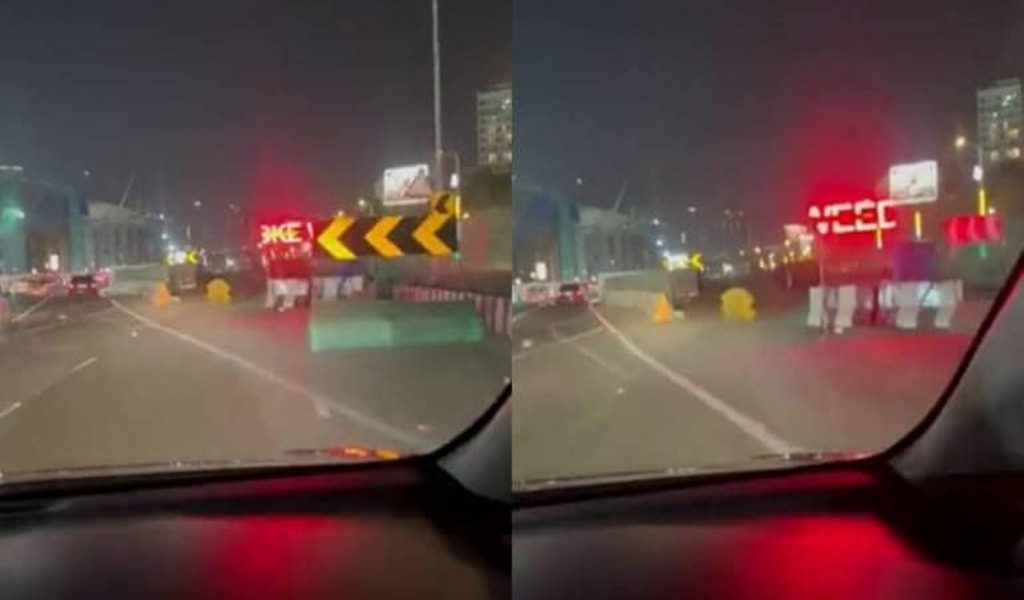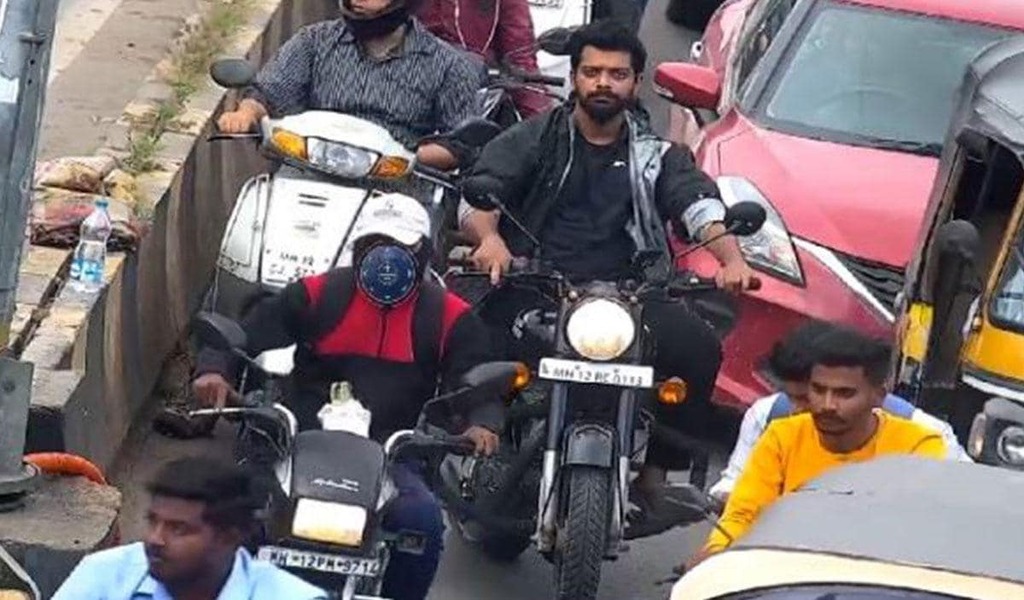#NCERT does not have information to support the published contents in its book
The National Council of Educational Research and Training (NCERT) seems to be in trouble after a RTI was filed by Shivank Verma had sought details regarding information in the book ‘Themes of Indian History (Part II)’ for class XII. On page 234 of the history textbook, it states: “All Mughal emperors gave grants to support the building and maintenance of places of worship. Even when temples were destroyed during war, grants were later issued for their repair - as we know from the reigns of Shah Jahan and Aurangzeb.”
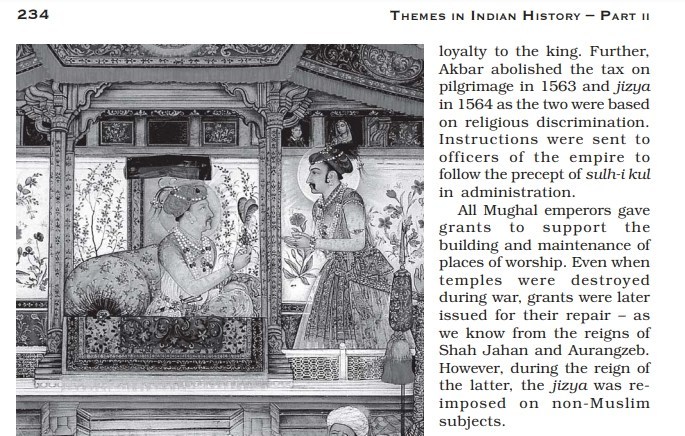
The chapter terms the Mughal empire as “a unifying force”, quoting Abu’l Fazl, Mughal chronicler and author of Akbarnama. It also mentions how Akbar had abolished the jizya, and people from various religions and ethnicities were given awards and positions in the Mughal empire. However, in the paragraph claiming that the Mughal rulers had rebuilt temples after demolishing them, no source is credited.
The filed RTI asked for two claims:
⦁ the source from which NCERT concluded that the Mughals had issued grants/funds for rebuilding temples destroyed in war during the regime of Shah Jahan and Aurangzeb
⦁ the number of temples repaired by Aurangzeb and Shah Jahan
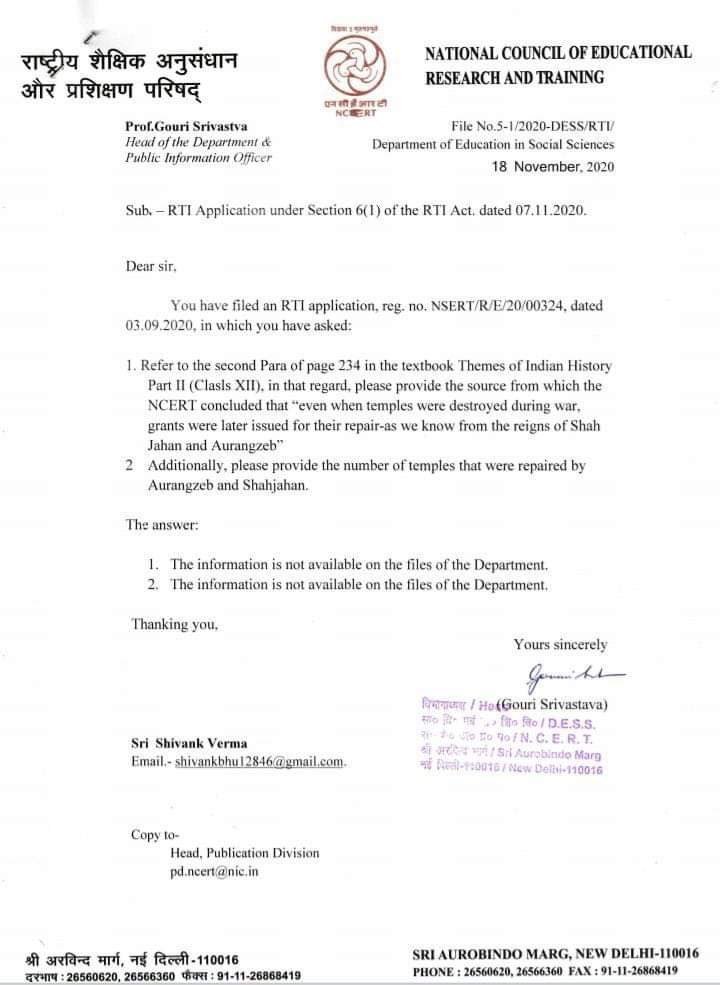
The NCERT seems to have no reply to this petition. The official reply which was given by professor Gouri Srivastava, head of the Department of Education in Social Sciences and also the Public Information Officer read: "“The information is not available on the files of the Department".
Taking it as a reference point, netizens on twitter exploded:
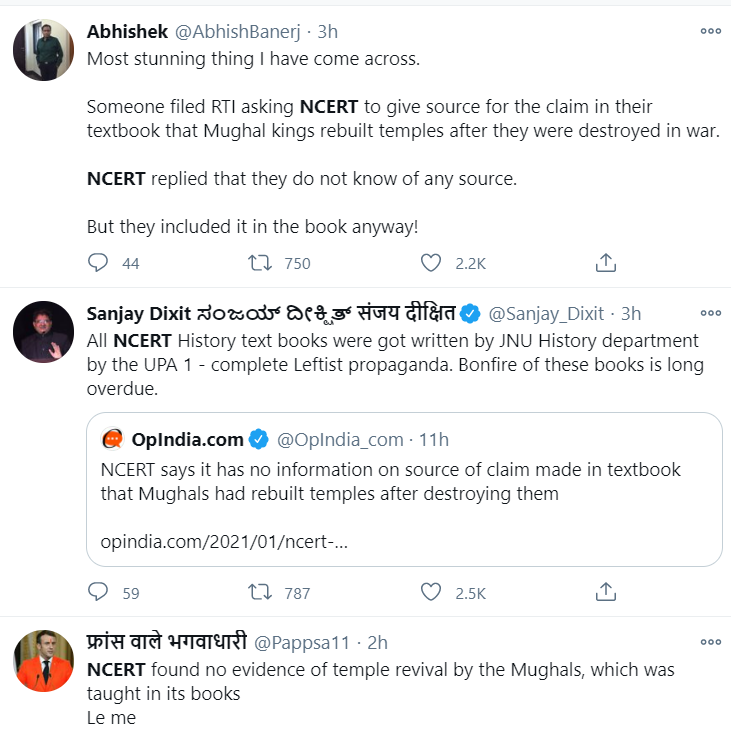
The issue that was raised was that if the concerned authorities did not have any credible source to support the statements in the book, then on what basis did they publish it. The matter may seem like another "right wing propaganda" but the question is valid. Without a source accreditation, publishing a piece of information in the NCERT books is not just an incorrect thing to do but also raises serious questions on the credibility of the most saught books in the country. NCERT books are read even by the aspirants of the Government services as a base for their preparation.
Checkbrand team did a further analysis and found that there were some sources in which the protection of temples was mentioned. For example, writing in February of 1659 Aurangzeb said he had come to know that “several people have, out of spite and rancour, harassed the Hindu residents of Benares and nearby places, including a group of Brahmins who are in charge of ancient temples there.” The king then ordered his officials, “You must see that nobody unlawfully disturbs the Brahmins or other Hindus of that region, so that they might remain in their traditional place and pray for the continuance of the Empire.” However, there is no mention of rebuilding them.
Sita Ram Goel’s book, Hindu Temples - What Happened to Them, listed 2000 mosques that were built from destroyed temple material and/or at the original site. But there exists two factions, one which vehemently supports the claim while other which opposes it. The only one thing that history has taught us is to be skeptical towards facts.
As of now, no proper conclusion can be derived regarding the matter and social media platforms would become a battleground for such arguments. However, we can hope that this does not escalate into something ugly. To keep yourselves updated with the recent and viral trends, visit checkbrand.online.
CATEGORIES
- Digital Marketing
- Marketing
- Entertainment
- Medical
- Science and Technology
- Politics
- Sports
- Environment
- Campaign
- Interview
- Viral
- What's Trending
- Trending News
- Viral Videos
- Youtube Trends
- Social Media Ranking
- Twitter Trends
- Google Trends
- Top Politicians
- Top Cricketers
- Top Influencers
- Best Campaigns
- Google News
- News
-
 Oct 11, 2020
Oct 11, 2020SEO Content Writing Vs. SEO Copywriting:...
-
 Dec 15, 2020
Dec 15, 2020#Karnatakaiphoneplantagitation: Workers...
-
 Dec 15, 2020
Dec 15, 2020#OLA Invests ₹2400 Crores For Our Futur...
-
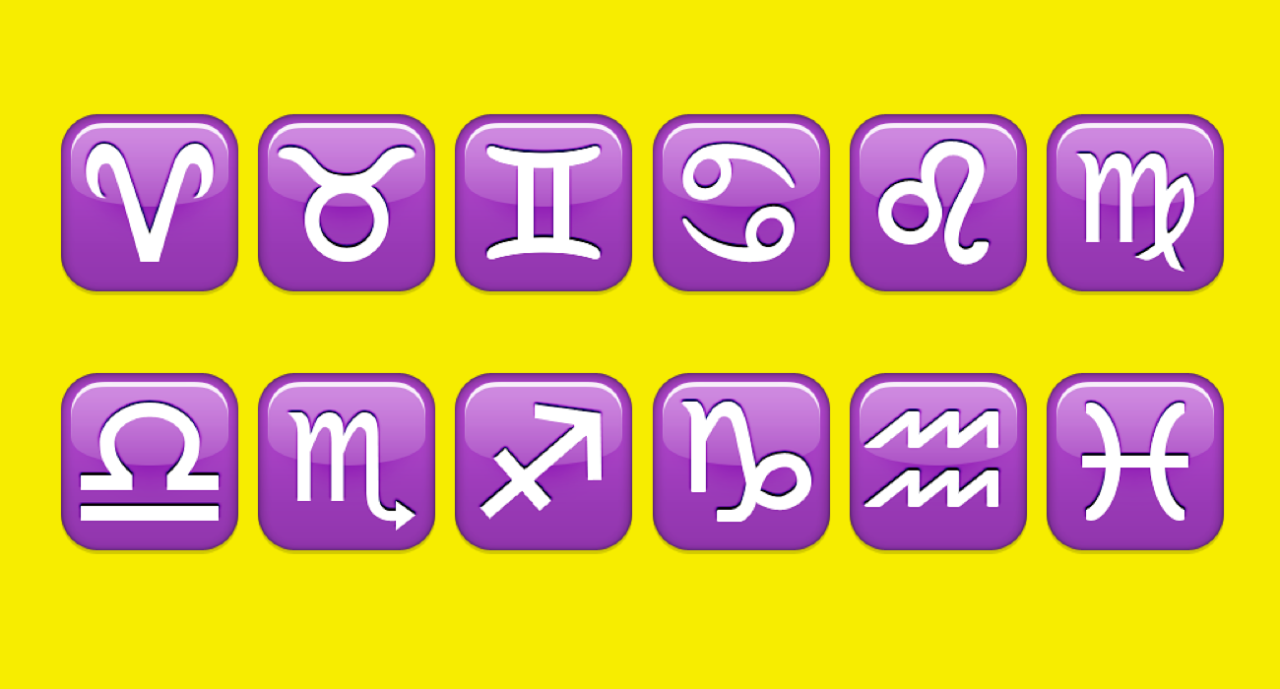 Dec 15, 2020
Dec 15, 2020#Snapchat Launches Astrology Profile
-
 Dec 15, 2020
Dec 15, 2020Know Why #BOYCOTTJIOSIM Is Trending On S...
-
 Aug 01, 2023
Aug 01, 2023India's Chandrayaan-3 On Track For Lunar...
-
 May 17, 2023
May 17, 2023Zara Hatke Zara Bachke Trailer Review(Ra...
-
 Aug 04, 2022
Aug 04, 2022'Har Ghar Tiranga' Campaign Created Stor...
-
 Dec 16, 2020
Dec 16, 2020#Skillhaitohfuturehai: Mahindra's Flagsh...
-
 Dec 15, 2020
Dec 15, 2020#OLA Invests ₹2400 Crores For Our Futur...
HIGHLIGHTS
- Realme Pad Specifications Teased, Will C...
- MARKETS: Sensex Down 300 Pts, At Days Lo...
- Afghanistan Crisis Live Updates: NIA Chi...
- Women Will Be Admitted To NDA, "Historic...
- Taliban's New Education Minister Says Ph...
- India's T20 World Cup Selection Question...
- New JioFiber Quarterly Broadband Plans I...
- Explained: How Your Cat Got Its Stripes...
- Who Is Aesha Mukherji? All You Need To K...
- Long Live Test Cricket While We've Virat...







